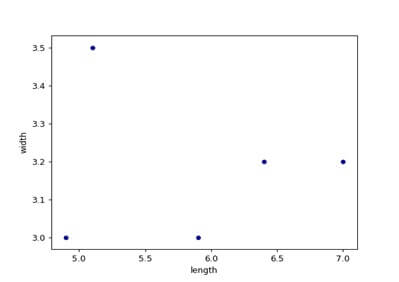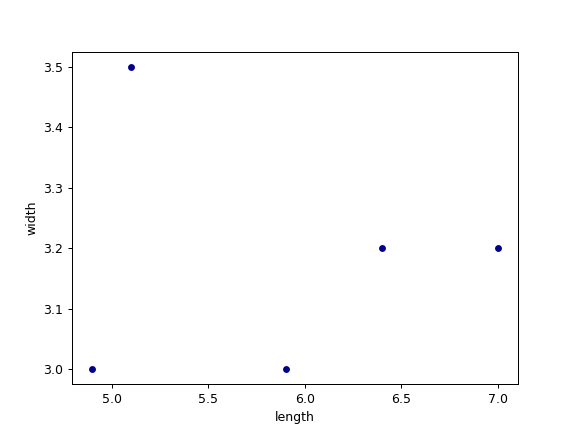
SPSS’s default smoothing is alittle too smoothed for my taste, so I set the proportion of the X variable to use in estimating the mean within the position statement. GUIDE: axis(dim(2), label("Y"), delta(0.2), start(0))ĮLEMENT: line(position(smooth.loess(X*Y, proportion(0.2))), color(color.red))ĮLEMENT: line(position(X*ActualFunct), color(color.blue)) GRAPHDATASET NAME="graphdataset" VARIABLES=X Y YJitt ActualFunctĭATA: ActualFunct=col(source(s), name("ActualFunct")) Loess was originally meant for continuous data, but for exploratory analysis it works just fine on the 0-1 data here. It does a pretty good job of identifying the discontinuity at 0.8, but the change points earlier are not visible. The red line is the smoother, and the blue line is the actual proportion I generated the fake data from. No binning necessary, here is an example using loess right within the GGRAPH call. But since I draw the Y axis as continuous here I can do the jittering myself.Ī useful tool for exploratory data analysis is to add a smoothing term to plot – a local estimate of the mean at different locations of the X-axis.
#Pandas plot scatter jitter code#
If I made the Y axis categorical I would need to use point.jitter in the inline GPL code because SPSS will always force the categories to the same spot on the axis.

Transparency.exterior(transparency."0.7")) GRAPHDATASET NAME="graphdataset" VARIABLES=X Y YJittĭATA: YJitt=col(source(s), name("YJitt")) *Making a jittered chart.ĬOMPUTE YJitt = RV.UNIFORM(-0.04,0.04) + Y. The extra aesthetic options for making points smaller and semi-transparent are at the end of the ELEMENT statement. SPSS can jitter the points directly within GGRAPH code (see point.jitter), but here I jitter the data slightly myself a uniform amount.

Because the first subplot does not include jitter, it is difficult to tell whether some data points overlap. The following figure has three subplots that all include individual data points. Jitter is simply the addition of a small amount of horizontal (or vertical) variability to the data in order to ensure all data points are visible.

This can easily be solved by adding some jitter to the individual points that have the same or similar values.

One problem with plotting individual data points is that they can overlap and make it difficult to see all of the data. Using jitter to help readers see your data As highlighted in our previous posts, scientists are encouraged to plot the data used to compute the summary statistics in figures (e.g., Drummond & Vowler, 2011). can be misleading and conceal the nature of the underlying data. Why is showing data important? As previously pointed out here and here, figures with means, standard deviations, standard errors, etc. Scientific figures are at their most informative when they include the individual data used to calculate summary statistics such as means and standard deviations.


 0 kommentar(er)
0 kommentar(er)
